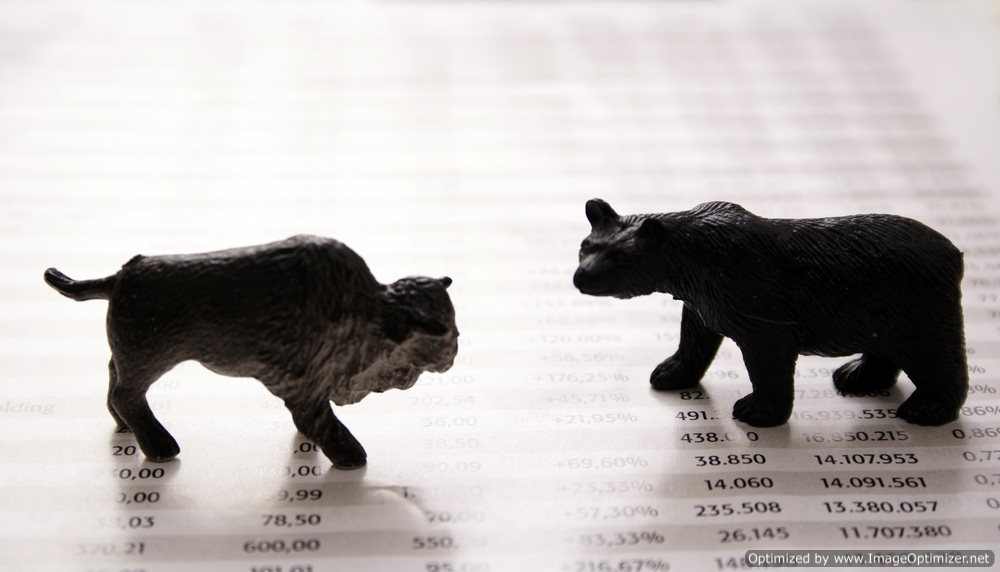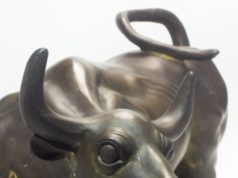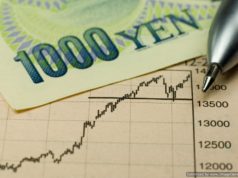
Market Trends Explained:
• A market trend refers to the tendency of a financial market, such as a stock market, to move in a particular direction over time. Market trends are classified only in long time frames, medium time frames and lasting short times—each time frame has a specific designation (secular, secondary and primary market trends).
• Understanding the concept of market trends is vital, especially to traders, who utilize momentum and investor confidence when attempting to earn a profit with quick stock trades. A trader will identify market trends using technical analysis; this concept characterizes market trends as predictable price fluctuations within the market place in relation to support and resistance levels, which vary over time.
• A bull and bear market is common terms, used to describe upward and downward market trends respectively. These terms can be used to describe a marketplace as a whole or individual sectors and securities.
Types of Market Trends:
• A market trend, as stated before, is somewhat of a broad term that is used to denote the fluctuation of a market in one direction or the other over an established period of time. For instance, a secular market trend refers to any long-term trend that lasts 5 to 25 years and consists of a series of smaller or primary trends.
• Due to the fact that a secular trend measures such a long time frame, a secular bear market may consist of numerous smaller bull markets; that being said, if the trend is bearish over that significant of a time frame, the market will undoubtedly have more and larger bear markets than bulls. In a secular bear market, the prevailing trend is downward moving while in a secular bull market the trend is swinging upwards– the United States experienced a secular bull market during the early 80s up until 2000, even with brief recessions in 1987 and the dot.com collapse in 2000.
• A secondary market trend signifies a short-term change in price direction within a primary period; the duration lasts from a few weeks to a few months. A common type of secondary market trend is known as a correction, where a short term price decline b/t 5 to 20% forces the market downwards, but not into a recession. By contrast, another type of secondary market trend is known as a rally, which consists of a market price increase of 10 to 20%. The last type of market trend is the primary market trend, which has broad support throughout the entire market and lasts for a year or more.
What is a Bear Market?
• A bear market signifies a general decline in the stock market over a period of time. A bear market is a transition from high investor confidence or optimism to widespread speculation and fear that the market will continue to dip.
• Although many investors and institutions agree that there is no exact definition, in regards to set percentages of a bear market, the overwhelming opinion of the finance sector is that a bull market occurs when a price decline of 20% or more is experiences over at least a two-month timeframe. A bear market may form for a number of reasons, the most common of which being, the bursting of bubbles (such as the dotcom bubble or a real estate collapse), poor macro-economic numbers , overvaluations of the market place or cataclysmic events, such as prolonged natural disasters or terrorist attacks.































